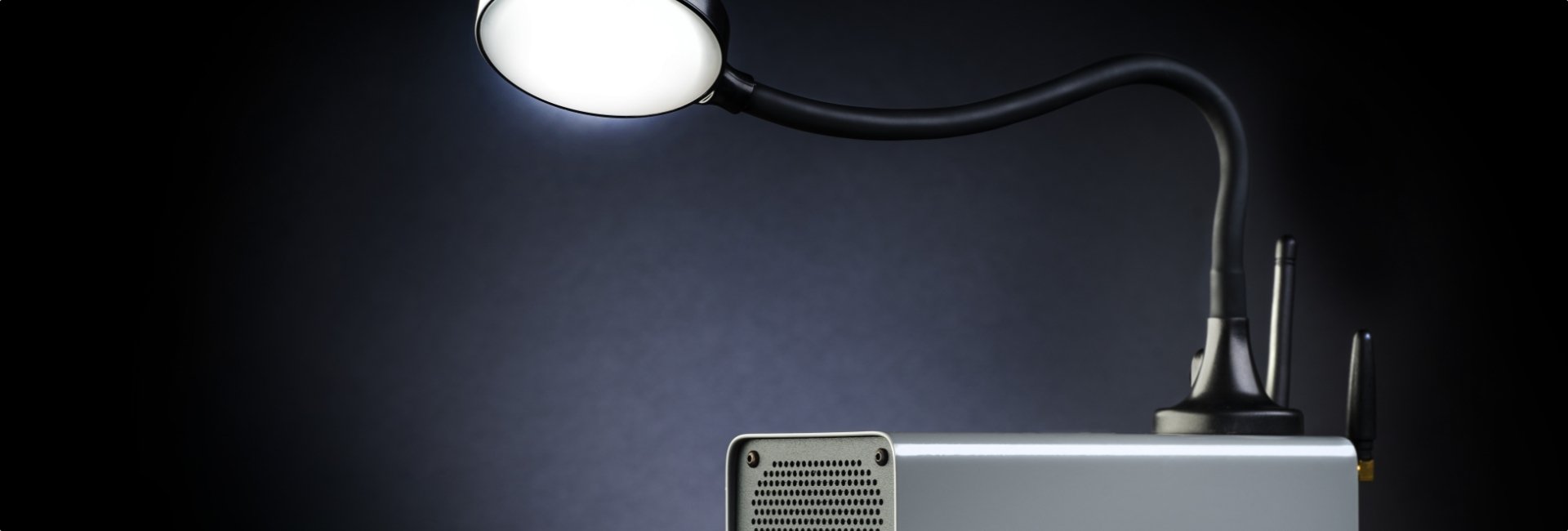The term brick and mortar is used to describe a physical store, a location where products are being sold. Brick and mortar stores are traditional street-side businesses that provide services and products to customers.
The term brick and mortar is used to describe a physical store, a location where products are being sold. Brick and mortar stores are traditional street-side businesses that provide services and products to customers.
There are different types of brick-and-mortar businesses, including brick-and-mortar stores, banks, hair salons, and grocery stores. However, the termbrick-and-mortar is mostly used to describe grocery stores and supermarkets.
Why do shoppers prefer brick and mortar stores?
Although eCommerce platforms are gaining more popularity and customers, people still love to shop inside a brick-and-mortar store. One of the main reasons for which people prefer physical stores is the complete shopping experience.
Unlike eCommerce platforms, brick-and-mortar stores allow shoppers to see, compare, measure, and even sample products before purchasing them. While customers mostly use the online environment for research, they rely on grocery stores for their weekly shopping activity.
Another important aspect of brick-and-mortar shopping is that customers can take the products home immediately. One simple card swipe and they can enjoy all of their groceries. When customers order online, they will have to wait to have the products delivered to their address. Also, poor delivery service is one of the most common complaints from shoppers.
Brick and mortar stores were very affected by the COVID-19 pandemic. Most people started purchasing mainly online. However, physical stores came up with a great strategy, BOPIS. People can now buy online and come up inside the store to pick up the products.
Fortunately, brick-and-mortar stores now have multiple innovations available that can help them increase customer satisfaction and transform shoppers into loyal customers. Among the best and most innovative solutions are retail robotic displays, augmented reality, virtual reality, digital displays, and retail robots.
Advantages and disadvantages of brick and mortar
Compared to online stores, brick and mortar shops have many advantages:
- Retailers can interact directly with shoppers which leads to customer loyalty
- It’s easier to change or to refund the money for a product in a physical store
- Customers can see, touch, smell, and try the products before purchasing
- Can offer a complete shopping experience
Some of the most common disadvantages of brick and mortar stores are:
- Customers need to shop during certain hours. However, this is about to change with the help of technology.
- Brick and mortar retailers spend more money on hiring and on the lease.


